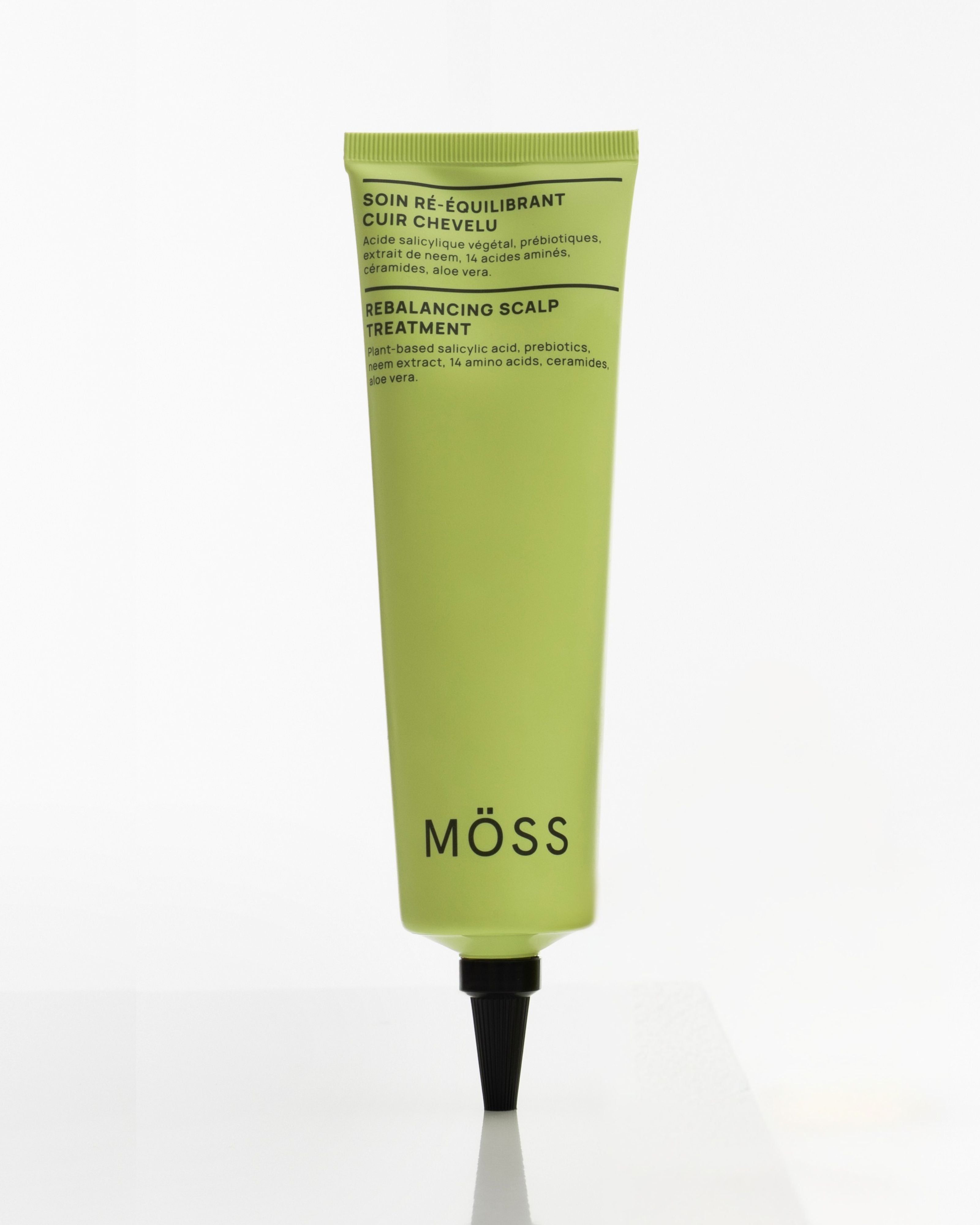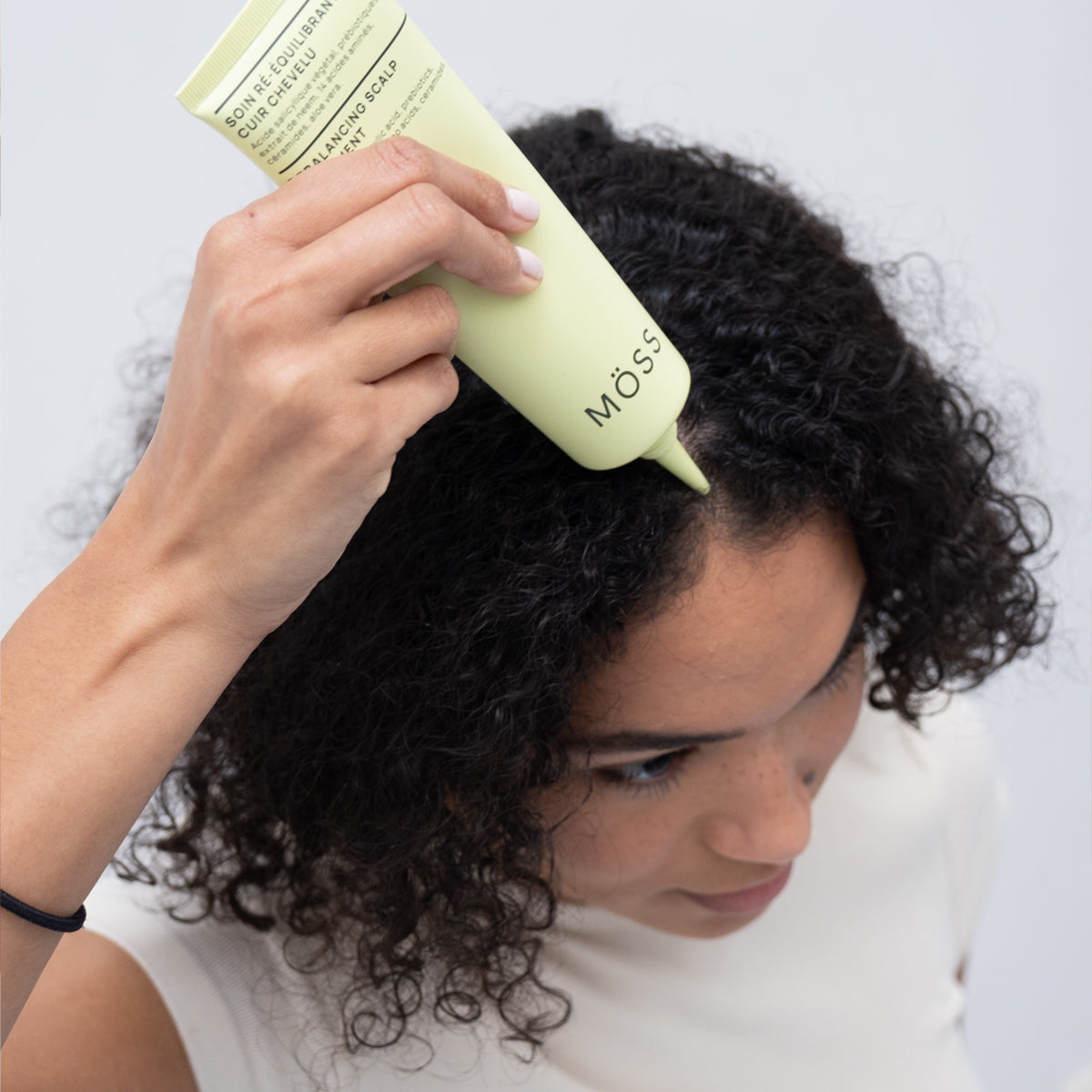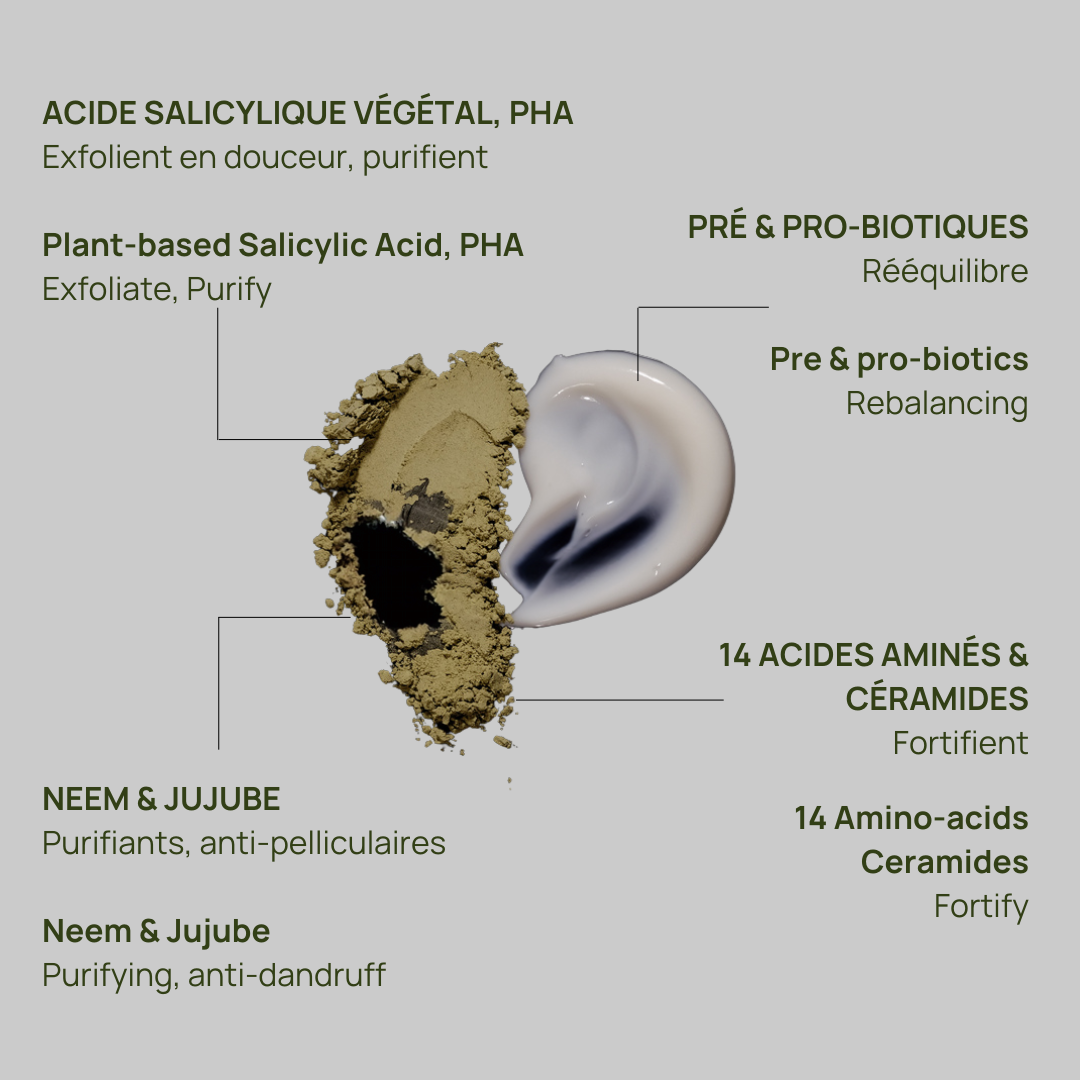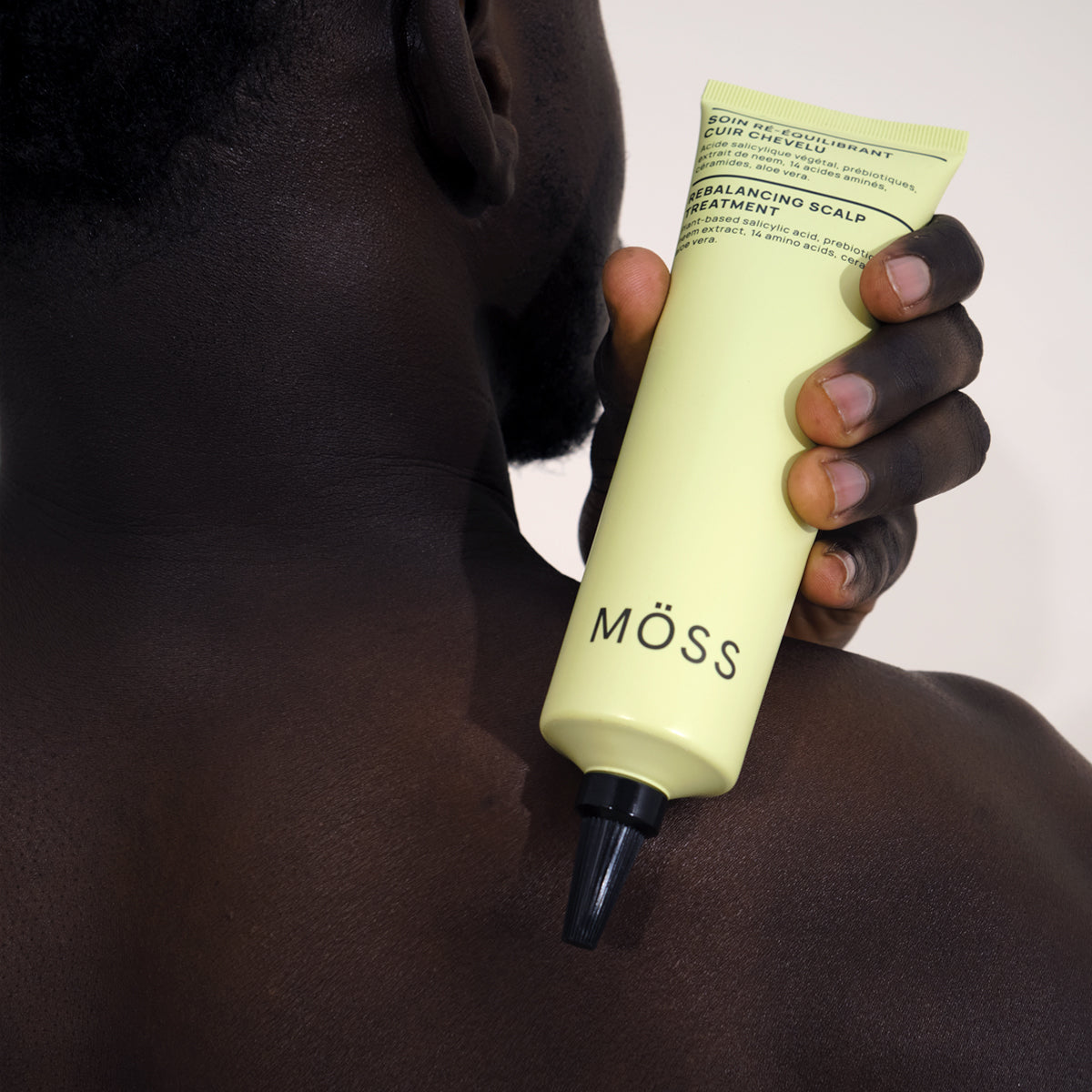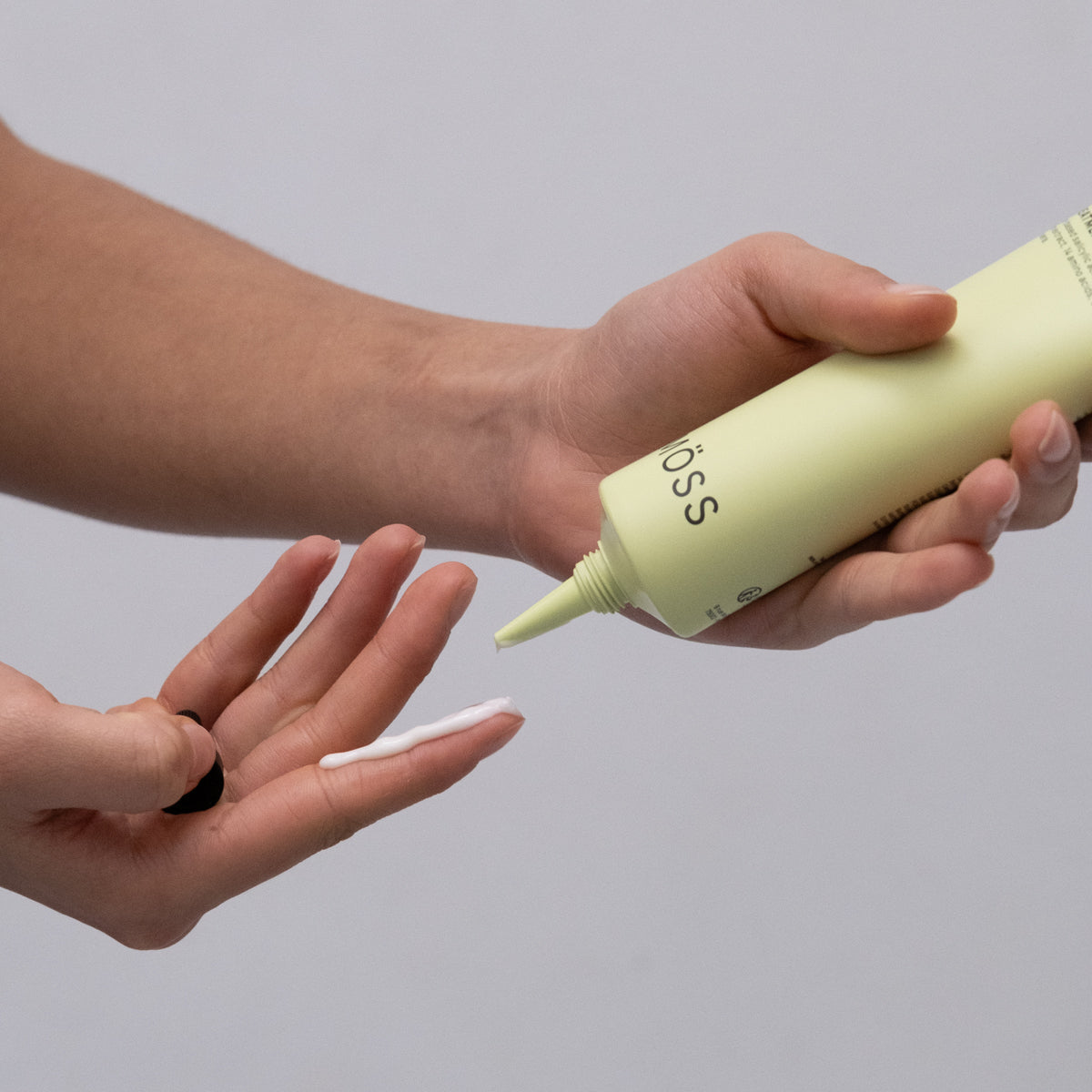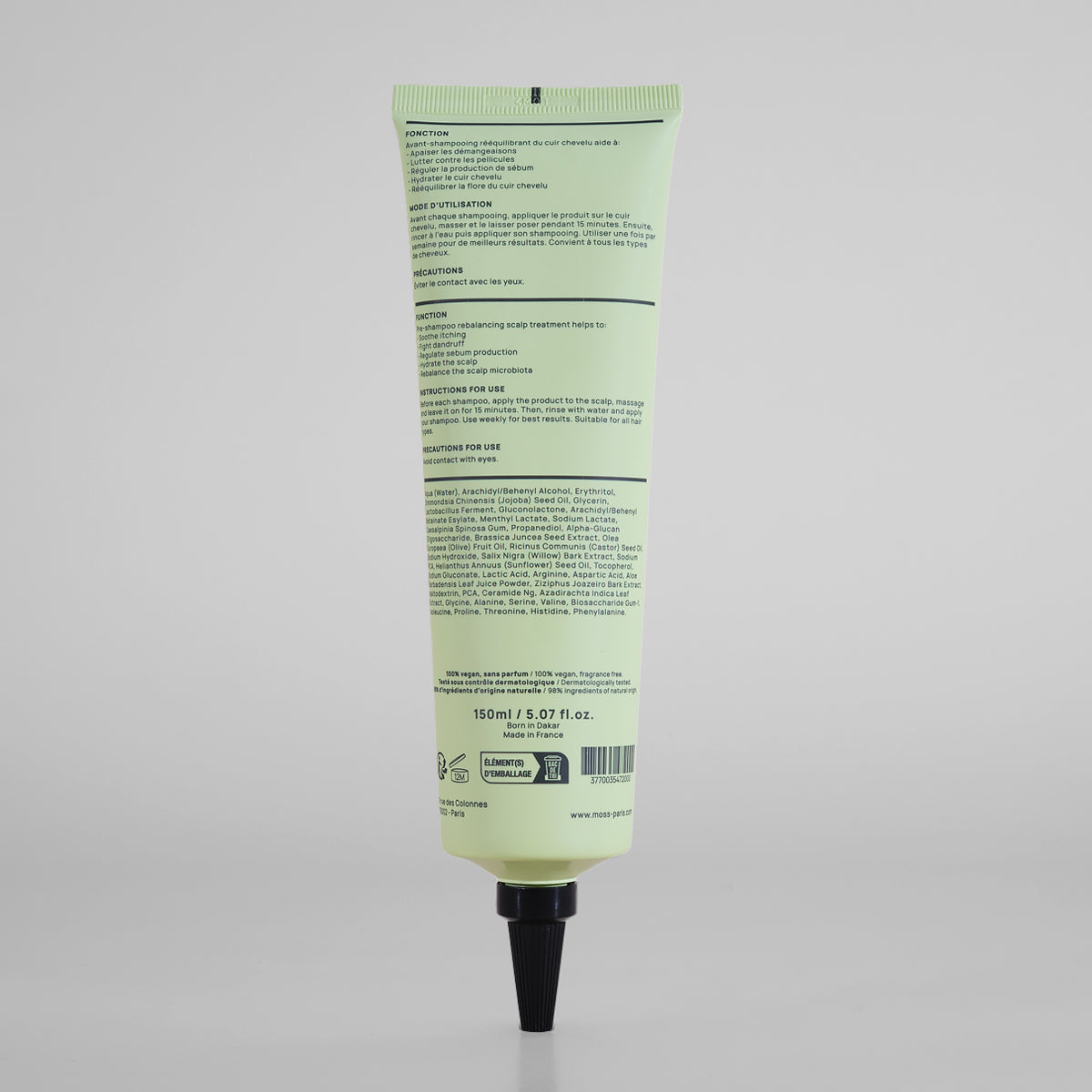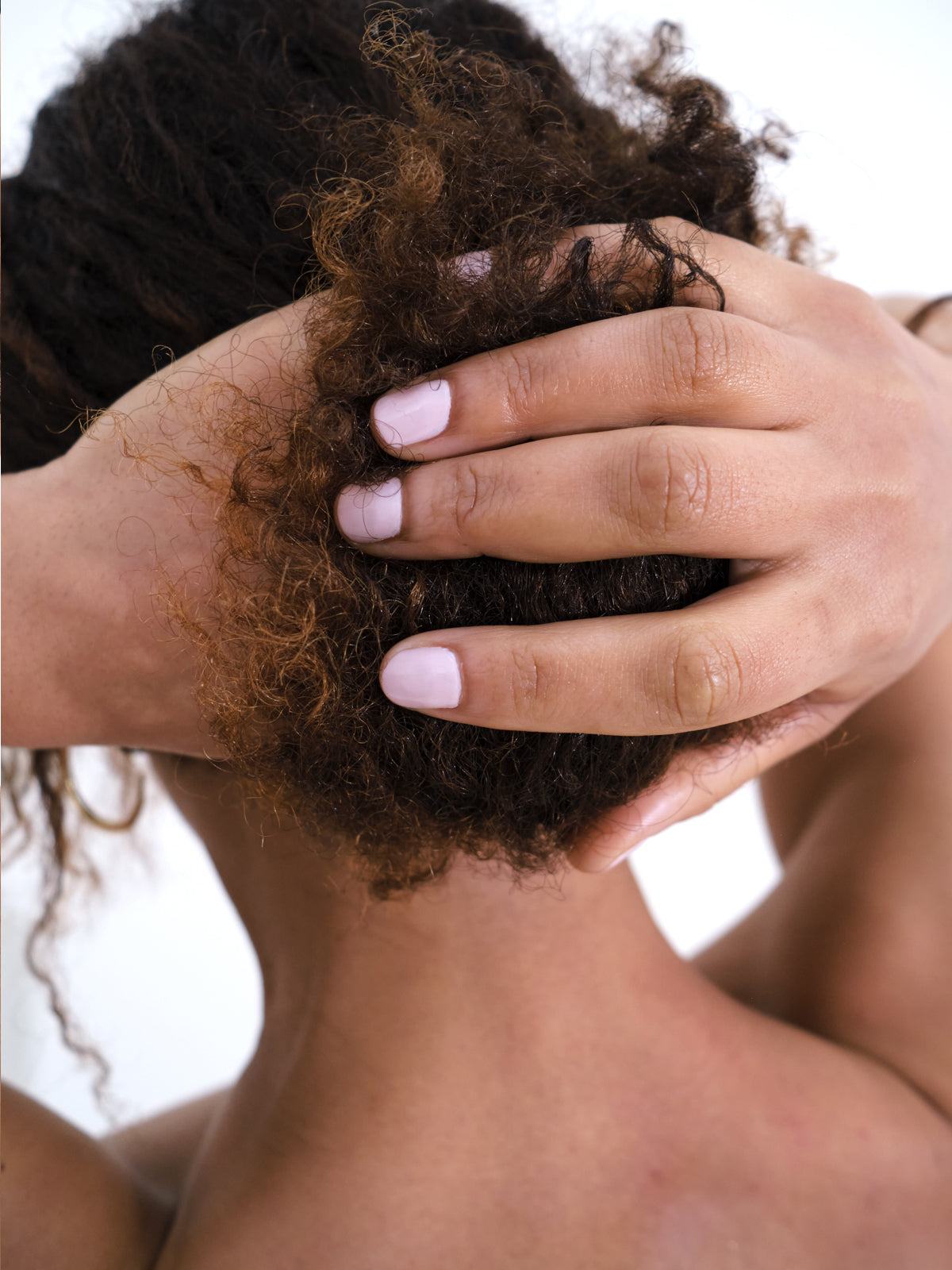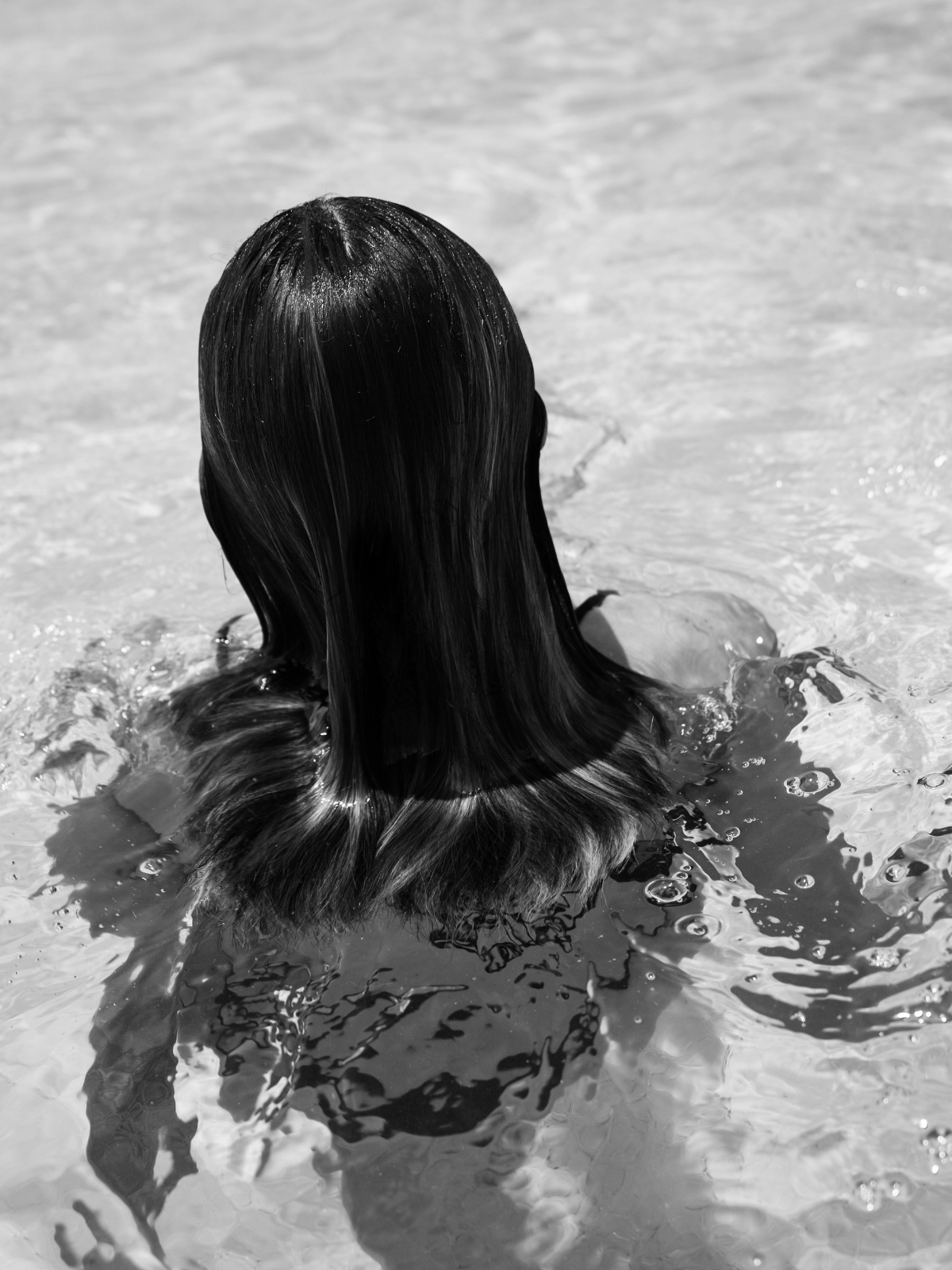How to protect your scalp and hair from seawater?
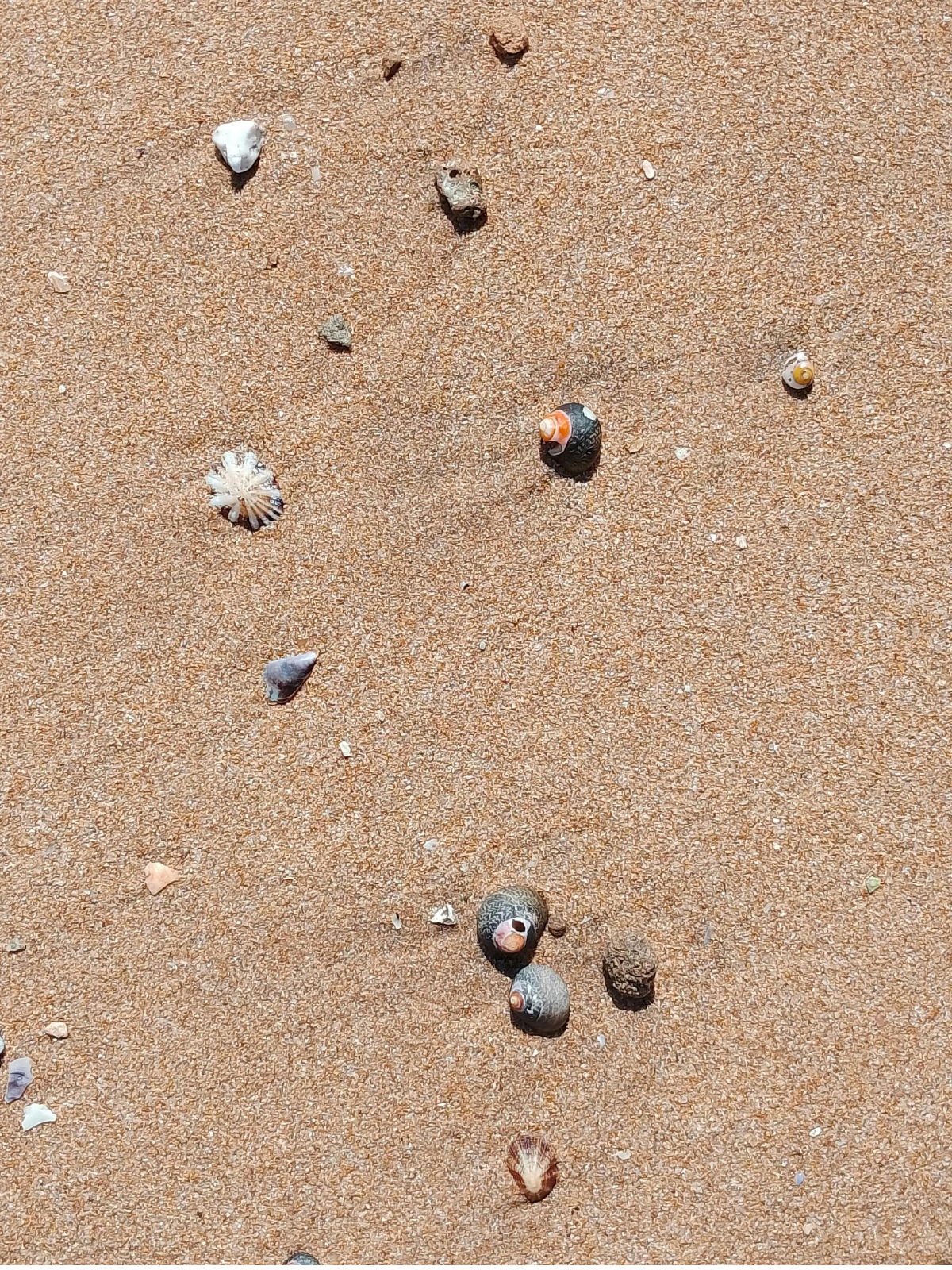
Understanding the impact of salt on hair and scalp.
Certain environmental stresses, such as prolonged sun exposure or seawater, can weaken the scalp and hair. It's important to understand how, in order to better protect your hair with a tailored hair care routine.
Why does seawater weaken hair?
Seawater is a concentrated saline solution (about 35 g/L of mineral salts, mainly sodium chloride). This salt acts on the hair and scalp in several ways:
- At the level of the hair fiber , when drying, the salt attracts the water contained inside the hair to the outside by a phenomenon of osmosis. Result: the fiber becomes dehydrated, loses elasticity and becomes more brittle.
-
At the scalp level , salt can irritate and unbalance the skin flora, altering the natural hydrolipidic film. This promotes itching, tightness or seborrheic reactions.
These effects are amplified by simultaneous exposure to the sun: UV radiation degrades keratin and oxidizes surface lipids.
Varying effects depending on textures and scalps.
-
Curly, frizzy and kinky hair , already prone to fragile hydration due to its spiral structure, dehydrates even faster, which accentuates frizz and split ends.
-
Fine hair , naturally less dense in keratin and lipids, becomes coarser and loses its healthy volume.
-
Sensitive or unbalanced scalps may experience dry dandruff, irritation or excess compensatory sebum.
What routine should you adopt after a sea bath?
1. Rinse thoroughly with fresh water to stop the osmosis effect.
As soon as you get out of the water, the first thing you should do is thoroughly rinse your hair and scalp with clean water. This rinse removes most of the salt, which otherwise continues to draw water out of the fiber even after swimming.
The quicker this rinse, the less the dehydrating effect lasts.
2. Cleanse gently to preserve the scalp flora.
Washing your hair with a gentle shampoo, without harsh sulfates, is essential after exposure to sea salt.
-
A shampoo that is too “detergent” would strip a scalp already sensitized by salt and UV rays.
-
Choose a formula rich in moisturizing and protective active ingredients, which helps restore the hydrolipidic film and maintain the balance of the skin flora.
3. Rebalance and soothe the scalp.
Prolonged exposure to salt, combined with the sun, can alter the skin flora of the scalp. It is important to help the scalp regulate itself naturally by providing hydration, regulating sebum, and protecting against micro-inflammations.
To restore this balance, we recommend applying our Möss Scalp Rebalancing Treatment :
-
It combines natural active ingredients selected for their soothing and regulating properties.
-
It helps to calm feelings of tightness, reduces the appearance of dandruff and supports a harmonious skin flora.
-
This is an essential step after each exposure to sea water, to strengthen the scalp's natural defenses.
4. Nourish and protect the fiber according to your texture.
After the sea, the cuticles (protective scales) of the hair are often open.
-
Applying a nourishing mask, rich in essential fatty acids and plant proteins, helps to smooth these scales and strengthen the cohesion of the fiber.
-
For curly to frizzy textures, a leave-in treatment is ideal for restoring suppleness and limiting breakage when detangling.
-
For finer textures, opt for a light treatment that hydrates without weighing you down.
A well-restored lipid film reduces water evaporation and preserves shine.
5. Dry and style gently.
-
After rinsing and conditioning, pat your hair with a microfiber towel to absorb the water without rubbing.
-
Avoid hot drying and heating appliances immediately after the beach: the fiber, already vulnerable, risks being damaged more deeply.
-
Preferably let it air dry to preserve the integrity of the cuticles.
Good preventive practices before swimming.
- Wet your hair with fresh water before entering the sea. This limits its ability to absorb salt.
- Apply a thin layer of vegetable oil (jojoba, macadamia, grapeseed) or a leave-in conditioner. This hydrophobic barrier reduces the penetration of salt and seawater.
- Tie your hair loosely. A loose braid or low bun protects your hair from wind and excessive friction.
In summary.
-
Rinse thoroughly as soon as you get out of the water to remove the salt.
-
Wash with a gentle shampoo , without harsh sulfates, to preserve the scalp flora.
-
Rebalance and soothe your scalp with Möss Rebalancing Treatment , to calm irritation and restore a healthy environment.
-
Nourish your fiber according to your texture with a suitable mask or leave-in.
-
Dry gently , without excessive heat.
